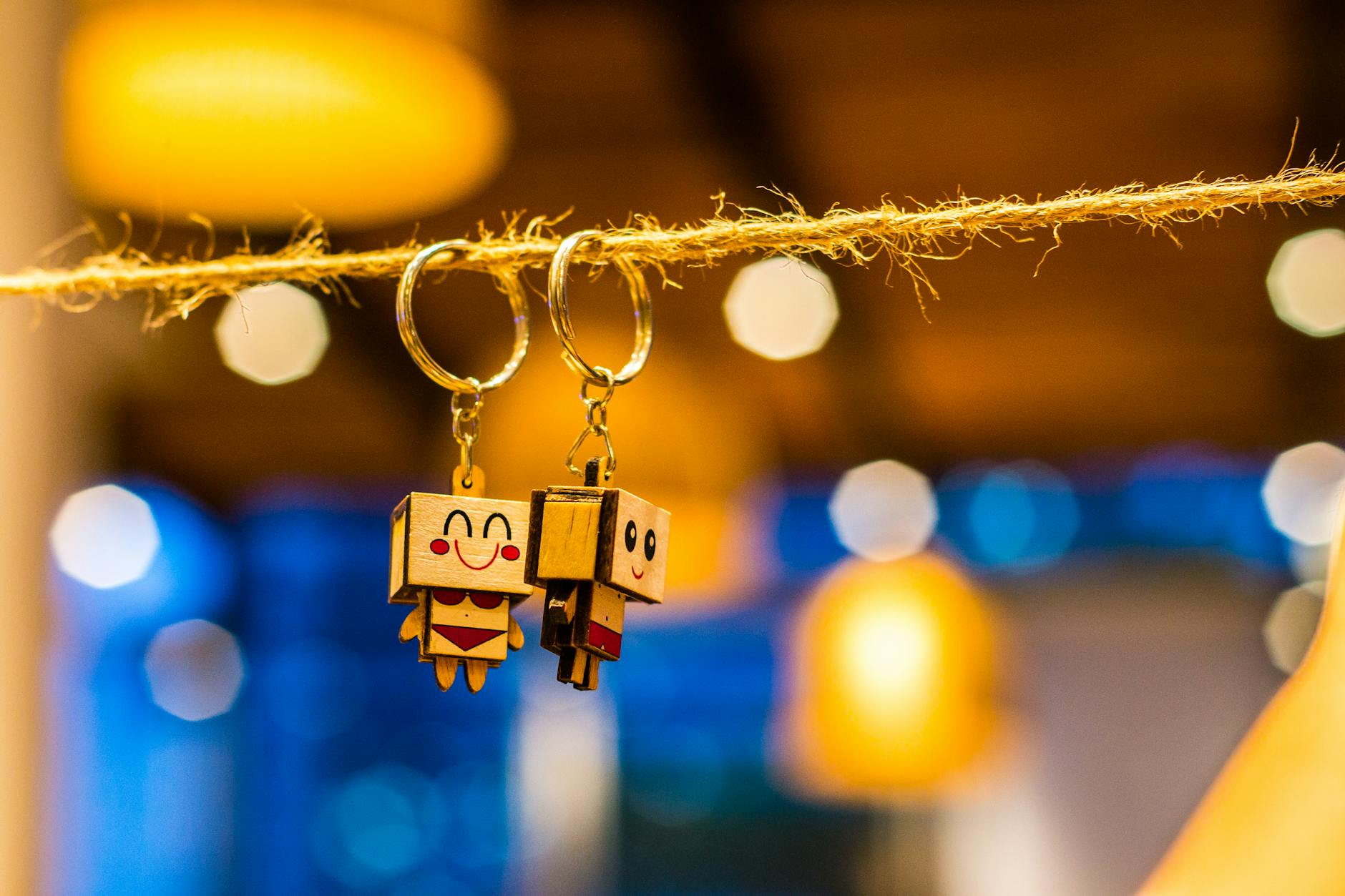Discover the secrets to balancing your brews and booze for a night out without crossing the line – essential tips!
Table of Contents
Whether you’re enjoying a night out with friends or unwinding after a long day, the question of how many beers it takes to get drunk is a common topic of conversation. Understanding the science behind alcohol intoxication can help us make informed decisions about our drinking habits and stay safe while having fun.
Alcohol Metabolism
When we consume alcohol, our bodies begin the process of metabolizing it in order to break it down and eliminate it. The liver plays a key role in this process, as it produces enzymes that help convert alcohol into acetaldehyde and then into acetate, which can be further broken down into water and carbon dioxide. The rate at which alcohol is metabolized can vary based on factors such as gender, weight, and genetics.
Individual Tolerance Levels
Individual tolerance to alcohol can vary greatly from person to person. Some individuals may be able to consume multiple drinks without feeling intoxicated, while others may feel the effects of alcohol more quickly. Regular alcohol consumption can also increase tolerance levels over time, making it important to be aware of how our bodies respond to alcohol and to recognize when we may be reaching our limits.
Factors Influencing Intoxication
Intoxication levels can be influenced by a variety of factors beyond just the number of drinks consumed. Environmental factors, such as mood, surroundings, and food consumption, can all play a role in how drunk someone feels. Additionally, social influences, such as peer pressure or expectations around drinking, can impact our alcohol consumption and intoxication levels.
By understanding the factors that can influence intoxication, we can make more informed decisions about our drinking habits and promote responsible alcohol consumption. It’s important to recognize our own tolerance levels and to listen to our bodies when it comes to alcohol consumption. Knowing how many beers it takes to get drunk for you personally can help you stay safe and enjoy a fun night out with friends.
Remember, the goal is to have a good time while also staying in control of your drinking. If you find yourself reaching your limit, it’s important to know when to stop and pace yourself throughout the night. By being mindful of your alcohol consumption and respecting your body’s limits, you can ensure a fun and safe night out without going overboard.
So next time you’re out with friends and the question of how many beers it takes to get drunk comes up, remember the science behind alcohol intoxication and the factors that can influence your intoxication levels. By staying informed and being responsible, you can enjoy a night out without worrying about going too far. Cheers to a fun and safe night of responsible drinking!
FAQ
How does alcohol metabolism vary between individuals?
Answer 1: Alcohol metabolism can vary based on factors such as gender, weight, and genetics. The liver’s enzymes play a crucial role in breaking down alcohol into acetaldehyde and acetate, but the rate at which this occurs differs for each individual.
Can regular alcohol consumption increase tolerance levels?
Answer 2: Yes, regular alcohol consumption can lead to an increase in tolerance levels over time. This means that individuals may need to consume more alcohol to feel the same level of intoxication, highlighting the importance of being aware of one’s changing tolerance levels.
What factors beyond drink quantity can influence intoxication levels?
Answer 3: Intoxication levels can be influenced by various factors such as mood, surroundings, food consumption, and social influences. These external factors can impact how drunk someone feels, emphasizing the need to consider more than just the number of drinks consumed when gauging intoxication.
How can individuals ensure a fun and safe night out while drinking?
Answer 4: To ensure a fun and safe night out, individuals should be mindful of their alcohol consumption, know their personal tolerance levels, and listen to their bodies. It’s important to pace oneself, recognize when to stop, and remember that responsible drinking is key to enjoying a night out without going overboard.


Leave a Reply